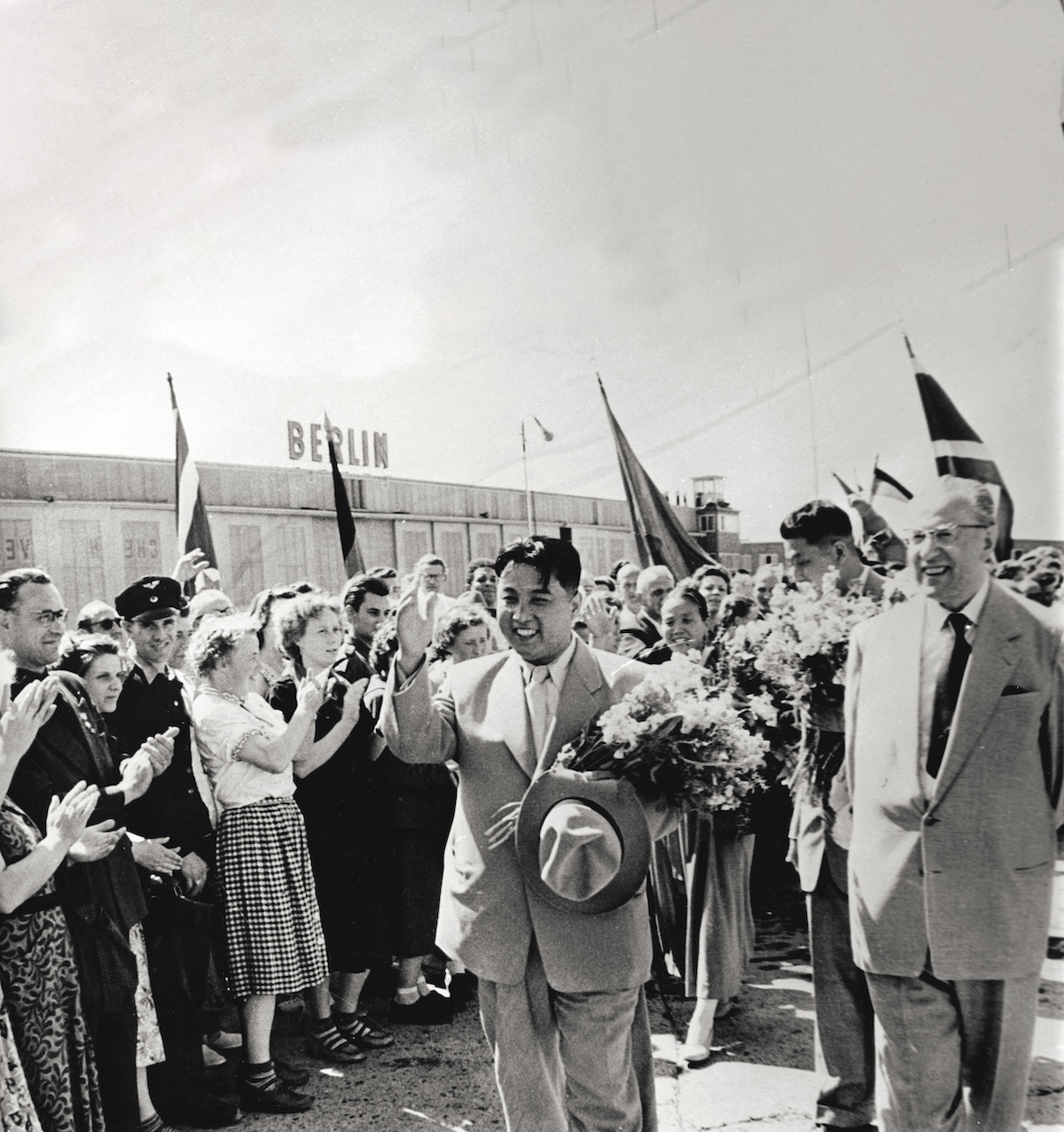The Road from East Germany to North Korea
The Cold War forged new international relationships in which physical distance seemed overcome by ideological proximity. In North Korea, East Germany found a fellow traveller – and a fellow victim.

In November 1954 the East German author Max Zimmering travelled from the GDR to the Democratic People’s Republic of Korea (DPRK). His route was arduous. From East Berlin he flew to Warsaw, then on to Vilnius, in what was then the Lithuanian Soviet Socialist Republic. From there he traversed the Soviet Union’s various republics, hopping from Vilnius to Moscow to Sverdlovsk (today’s Yekaterinburg), then flying on to Irkutsk in Siberia, where he boarded a plane to Chita, and then to Hailar in China’s Inner Mongolia on the Sino-Soviet border. From there he flew on to Harbin in the northeast of the country, then to Mukden, in Manchuria. From Mukden, Zimmering took the final part of his journey, flying to Pyongyang. Along the way he travelled with a diverse crowd, all headed to China, Vietnam or Korea: Romanian engineers, East German trade envoys, Bulgarian technicians, Polish and Czech doctors.







